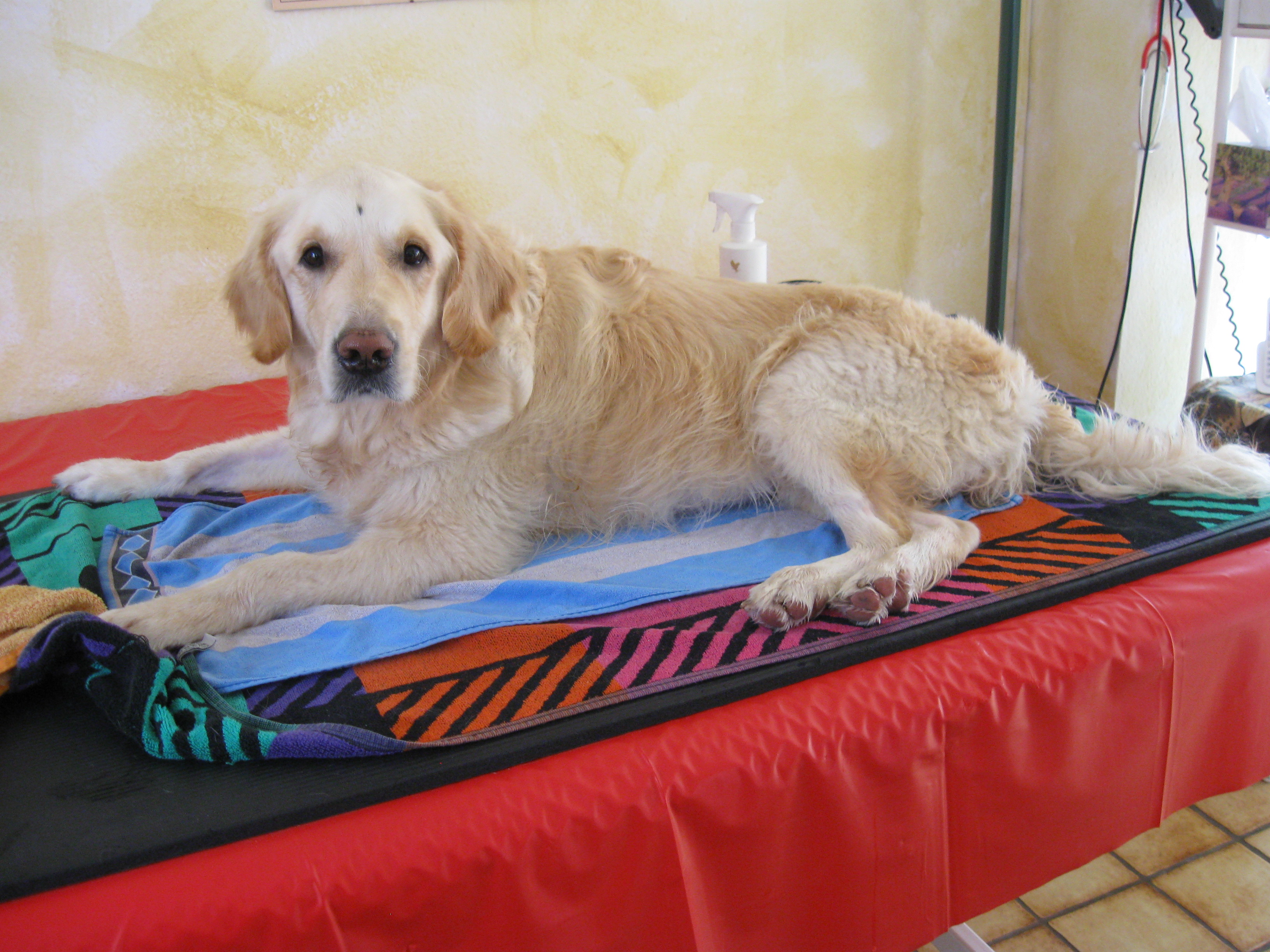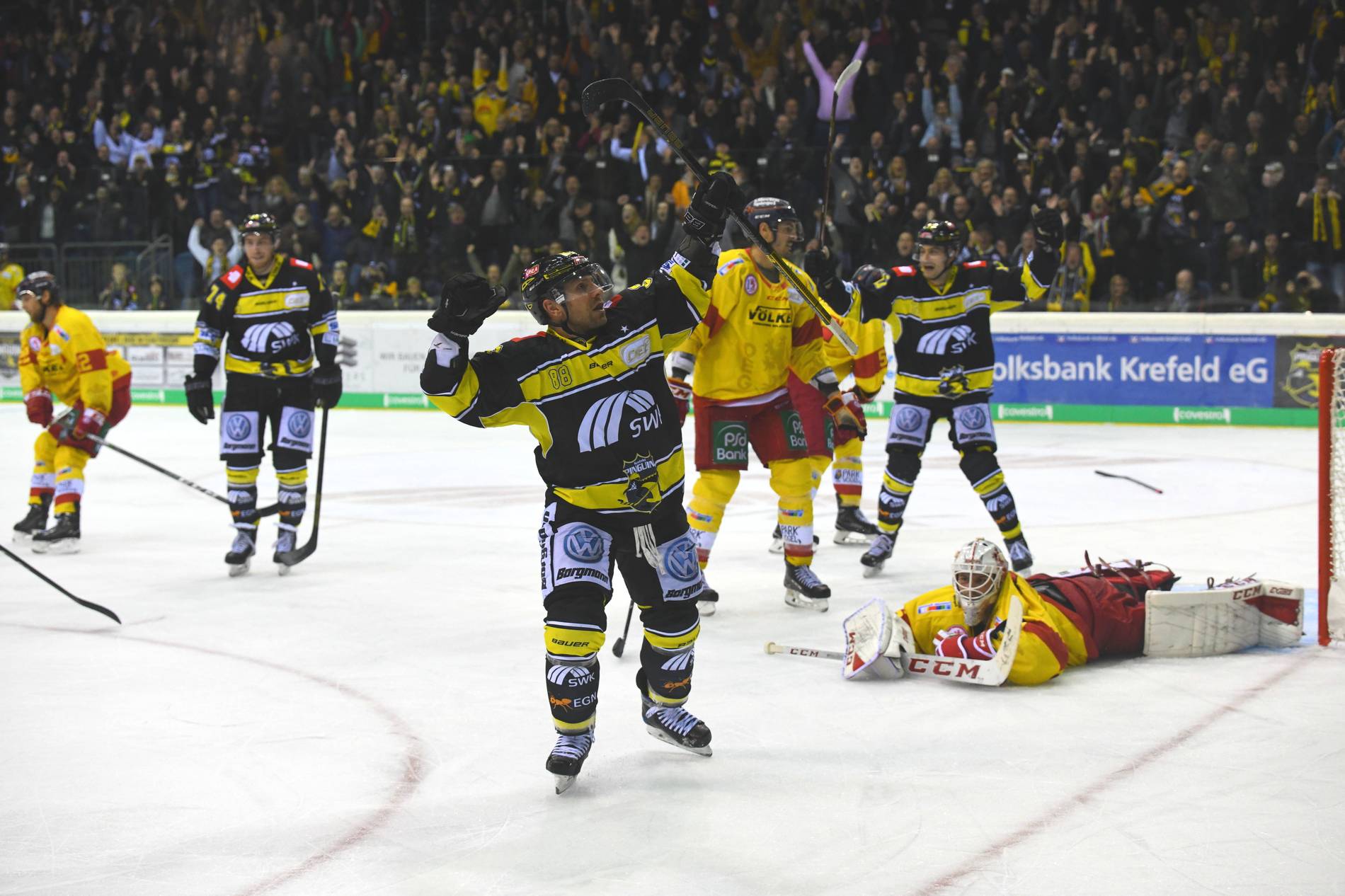

Clin Orthop Relat Res 128:247–255Īktas S, Kocaoglu B (2009) Open versus minimal invasive repair with Achillon device. Ma GW, Griffith TG (1977) Percutaneous repair of acute closed ruptured achilles tendon: a new technique. Results of 10 years’ follow-up after surgical treatment. Zwipp H, Sudkamp N, Thermann H et al (1989) Rupture of the Achilles tendon. In: Imhoff AB, Feucht MJ (Hrsg) Atlas sportorthopädisch-sporttraumatologische Operationen. Hofstätter S, Schuh R, Trnka H‑J et al (2017) Achillessehne. Results of a nationwide survey in Germany. Lill H, Moor C, Schmidt A et al (1996) Current status of treatment of Achilles tendon ruptures. Klaue K, Masquelet A, Jakob R (1991) Soft tissue and tendon injury in the foot. Maffulli N, Peretti GM (2019) Surgery or conservative management for Achilles tendon rupture? BMJ 364:k5344


Maffulli N (1999) Rupture of the Achilles tendon. Thermann H (1999) Management of Achilles tendon rupture. Thermann H (1996) Die funktionelle Behandlung der frischen Achillessehnenruptur. Lim CS, Lees D, Gwynne-Jones DP (2017) Functional outcome of acute Achilles tendon rupture with and without operative treatment using identical functional bracing protocol. J Orthop Res 37:562–573Īufwerber S, Heijne A, Gravare Silbernagel K et al (2019) High plantar force loading after Achilles tendon rupture repair with early functional mobilization. Hillin CD, Fryhofer GW, Freedman BR et al (2019) Effects of immobilization angle on tendon healing after achilles rupture in a rat model. A prospective randomized study and review of the literature. Unfallchirurg 98:21–32Ĭetti R, Christensen SE, Ejsted R et al (1993) Operative versus nonoperative treatment of Achilles tendon rupture. 2 years results of a prospective randomized study. Thermann H, Zwipp H, Tscherne H (1995) Functional treatment concept of acute rupture of the Achilles tendon. A meta-analysis of randomized, controlled trials. Khan RJ, Fick D, Keogh A et al (2005) Treatment of acute achilles tendon ruptures. Wu Y, Mu Y, Yin L et al (2019) Complications in the management of acute Achilles tendon rupture: a systematic review and network meta-analysis of 2060 patients. Schroeder D, Lehmann M, Steinbrueck K (1997) Treatment of acute Achilles tendon ruptures: open vs. Sauerbier M, Erdmann D, Brüner S et al (2000) Die Deckung von Weichteildefekten und instabilen Narben über der Achillessehne durch freie mikrochirurgische Lappenplastiken. Der Goldstandard der Nachbehandlung ist die früh-funktionelle Therapie. Zu den rekonstruktiven Techniken zählen Turn-down-Flaps und Verschiebeplastiken aus der Aponeurose sowie ein freier Sehnentransfer mittels Flexor hallucis longus oder den Hamstrings. Chronische Rupturen und/oder Defektsituationen, die unbehandelt zu keiner stabilen Heilung führen, können offen rekonstruktiv oder minimal-invasiv behandelt werden. Die direkten offenen Nähte wurden durch minimal-invasive Verfahren mit perkutanen Nähten abgelöst. Die operative Behandlung der Achillessehne ist seit Jahrzehnten im Wandel. Zielgruppe für eine konservative Behandlung sind inaktive Patienten oder Patienten mit erheblichen allgemeinen Risikofaktoren. Prospektiv-randomisierte Studien zeigen bei richtiger Indikation, bei richtiger Durchführung und vernünftiger Compliance der Patienten vergleichbare Ergebnisse zur operativen Behandlung. Die Achillessehnenruptur kann mit einem Therapieschuh oder einer Orthese konservativ behandelt werden.


 0 kommentar(er)
0 kommentar(er)
